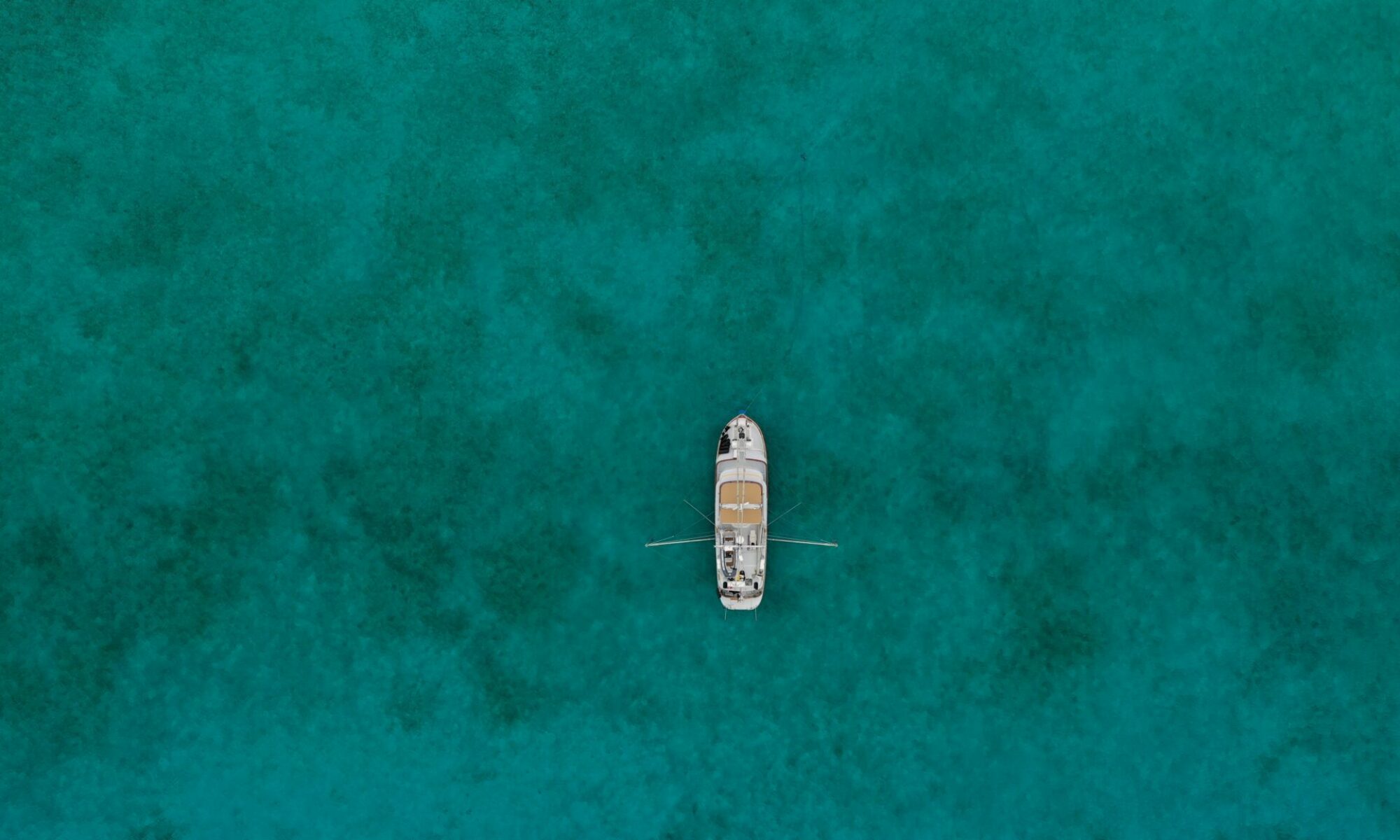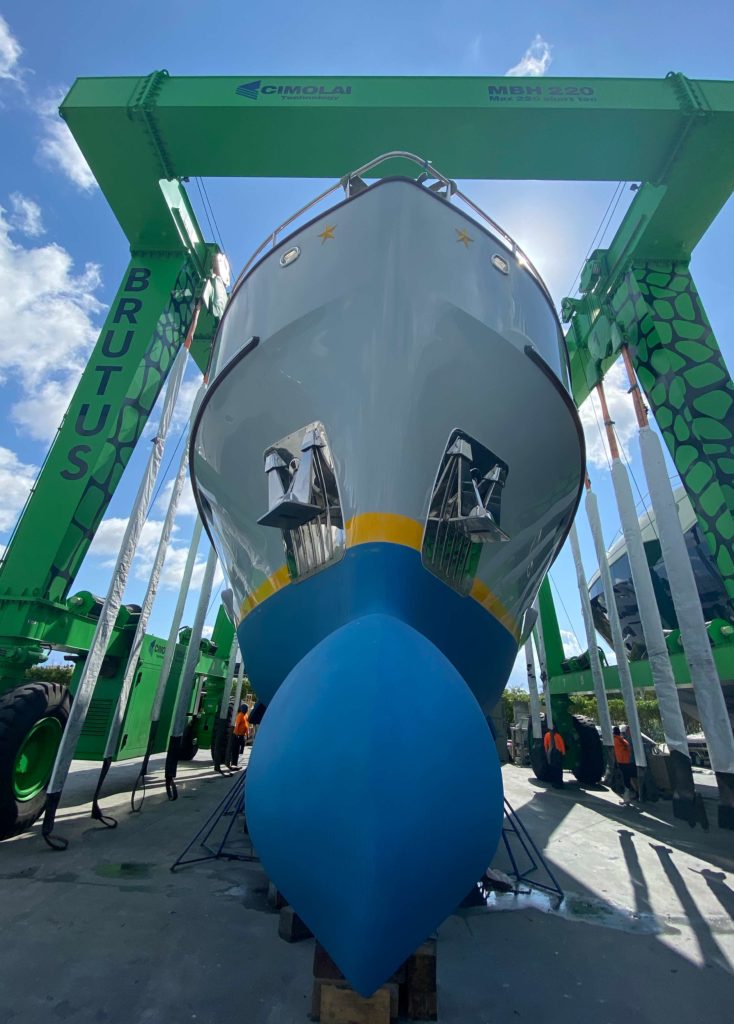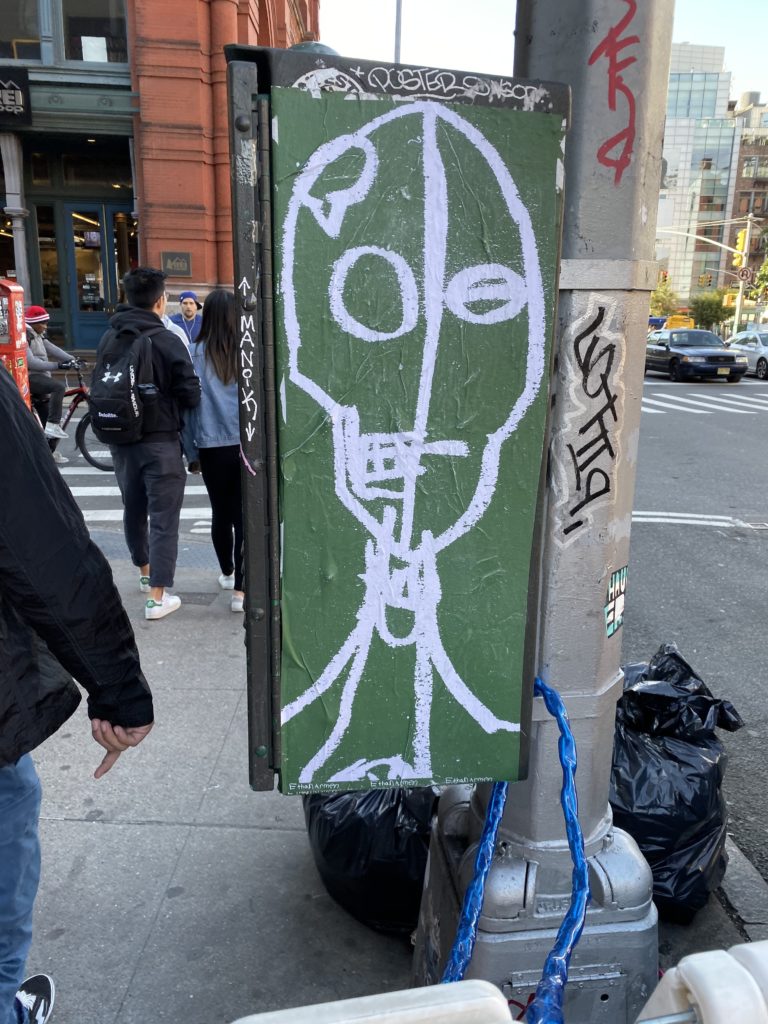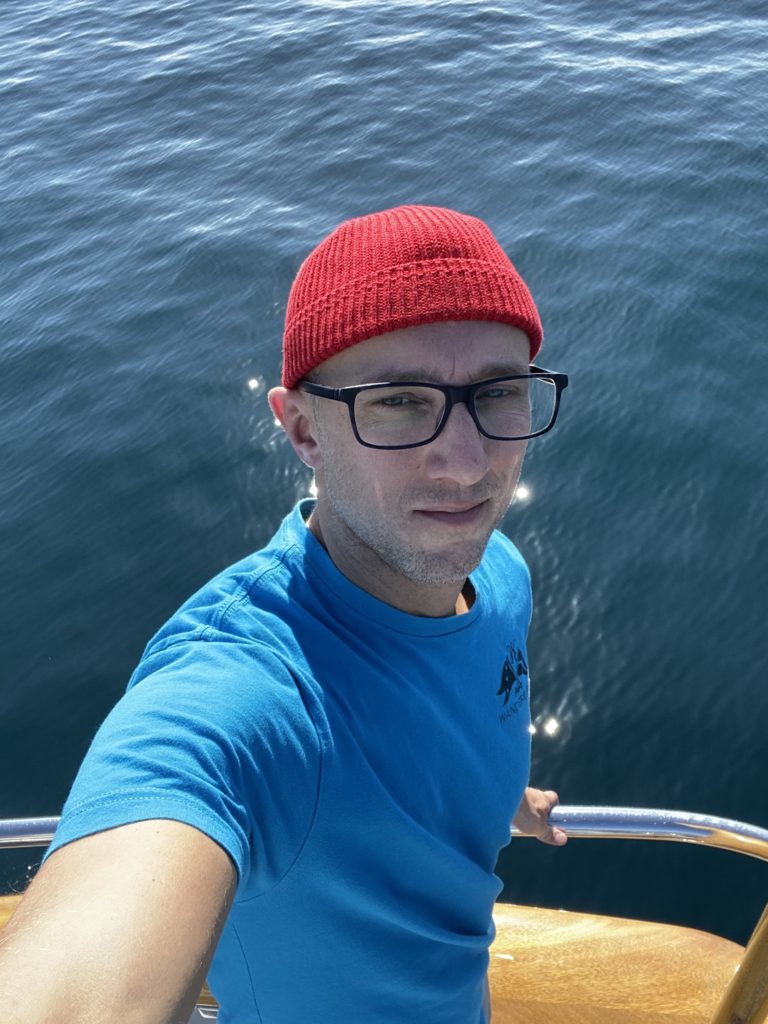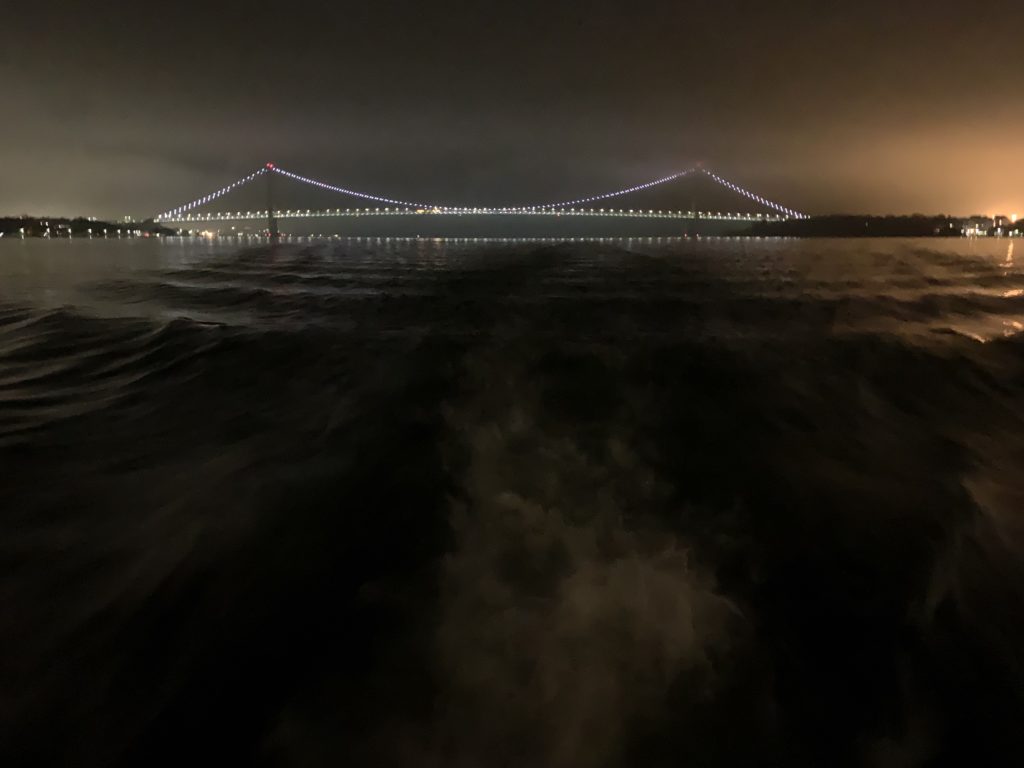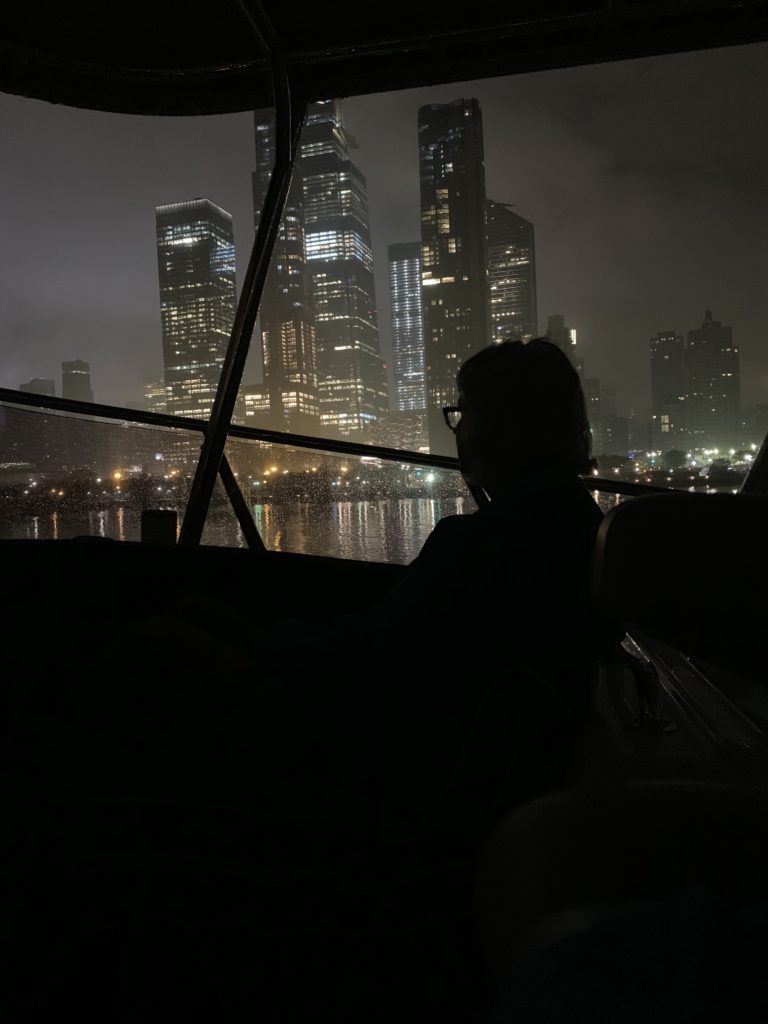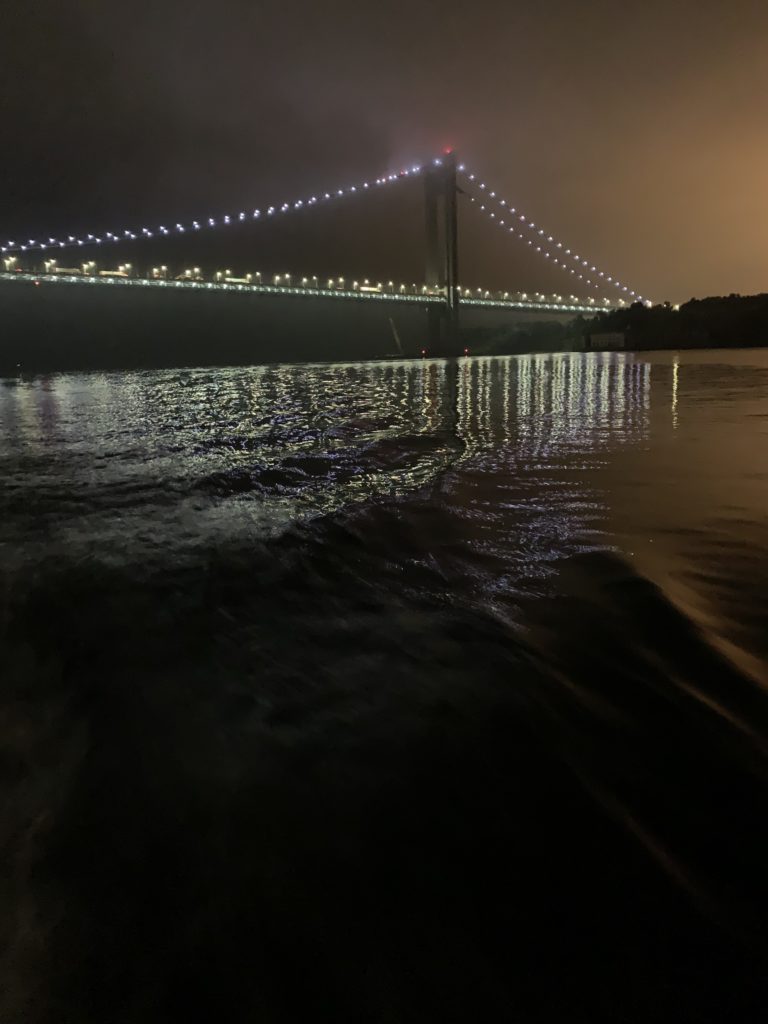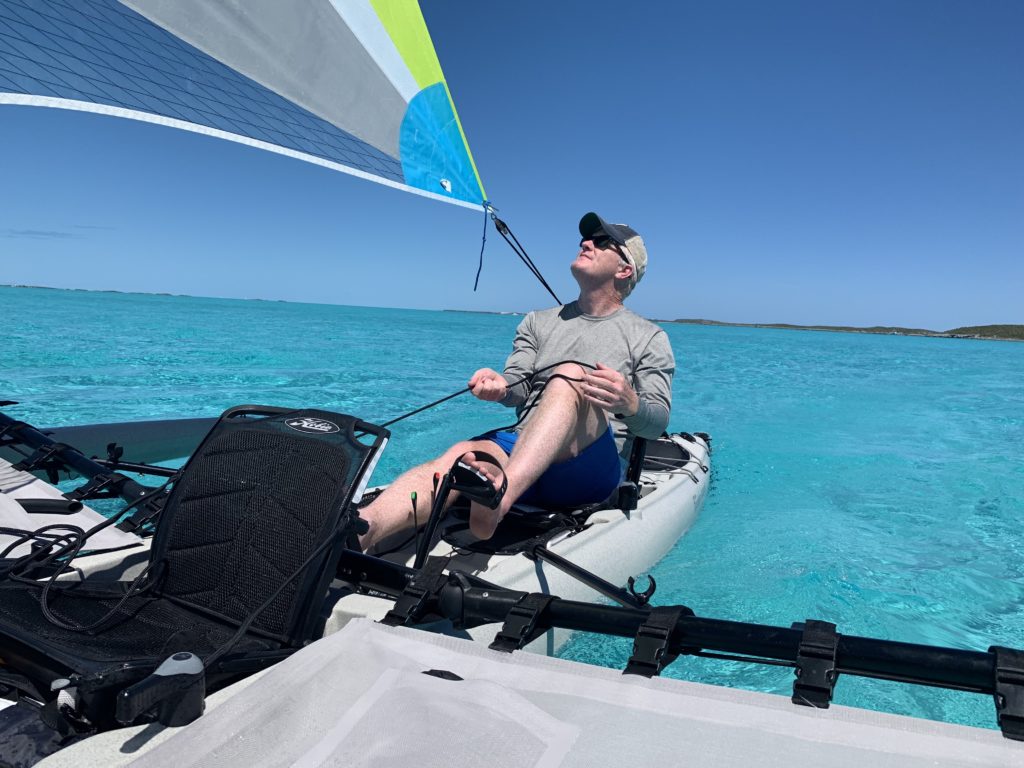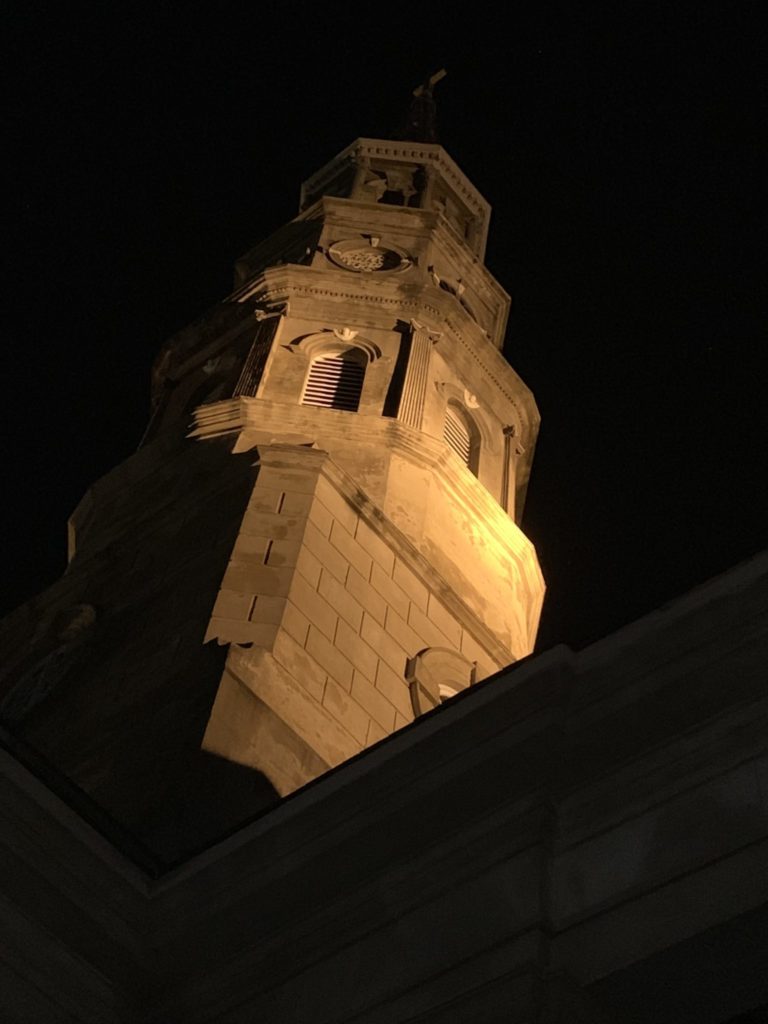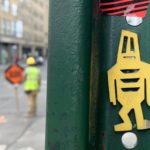There’s a song that says something about living in New York, but not so long that it makes you hard. After a month at Chelsea Piers I understand what that means. The location is prime but the wave action, which they warn you about explicitly, is incessant, calming slightly in the evenings. It was so bad that our bowline, which we didn’t realize was against a steel piling, broke under the constant friction. The rest of our lines saw a year’s worth of wear in the 30 days there.
I also realized I’m a west coast boy at heart. The city is amazing, vibrant, intense and frustratingly agro. As we made our way up and down the west side bike path there seemed to be more electric board devices daily, clearly to the chagrin of the cyclists barreling down the path at top speed, their huffs and curses not restrained and their middle fingers occasionally thrown, all while blowing past the ‘yield to pedestrians, it’s the law’ signs. Even a leisurely ride down the Hudson is an angry affair for a native New Yorker.
Being along the west-side bike path was ideal for us; with the OneWheels we could travel anywhere in the city in less time than it would take to Uber, Taxi or take the subway, given the 20 minute walk to the station from the pier.
Between work and some maintenance, we spent the time exploring Manhattan and living like natives, getting to know friends and new acquaintances and flying through the city on the OneWheel. One day I pushed the limits of the board, riding from Chelsea Piers, at about 23rd, up to 110th, cruised some dirt, wooded trails near the Blockhouse, an old fort and the second oldest structure in the park, and wound my way all the way back, racking up about 14 miles in the process and ending with 15% charge.
There were the typical tourist sites as a few people visited, but the highlight was time spent with friends: Jacob’s extended visit, Broadway on the Hudson with Bob Eichler on the beautiful sailing vessel Altair, a going away cocktail party for him on Wanderbird, meeting the very talented Mike Ryals, running into TJ and Jason randomly and hosting Graeme and Daniel and their rambunctious son Jackson who was enamored with the boat, particularly the anemometer, used to measure wind speed. I certainly can’t say I knew what that was when I was 4!
As hurricane Michael made its way around Florida and headed for the SouthEast we departed New York, out the harbor as we had arrived around 3 months earlier and up Delaware Bay, through the Chesapeake & Delaware Canal (C&D) and down the Delaware towards Washington DC to meet Luke’s mom, Carol Anne and her boyfriend Jim for a few days site-seeing. After a full night and day, with Michael about to make it’s way just south of us, we ducked into Middle River and set anchor with as much protection as we could find, given that a passing hurricane can mean dramatically shifting wind directions.
At ten PM I stood up top and looked around at the peaceful waters and still shoreline and I understood fully the phrase ‘calm before the storm’. At 2AM I woke to the sound of heavy lapping and wind whipping the lines. I headed to the flybridge to make sure things were secure and the winds were sustained at 35 with gusts reaching 50 knots but the anchor was holding solid and things were secure. With the anchor alarm set to go off if the boat moved from a specified zone, we drifted back to sleep and woke to sunny skies and calming seas.
Having posted on Facebook about this, I heard from my High School buddy Chad. As we would be in Annapolis the next week, we planned to meet.
Arlington National Cemetery and the Holocaust Memorial made for an impactful but not exactly uplifting first day. The next day was the Hirschhorn Contemporary Art Museum and the American History Museum followed by a get-together with our good friend Dave, his friend of 40 years and a couple of Carol Anne’s former students, one from High School and one from Camp Mead-O-Lark, both successful and delightfully personable.
Back down the Potomac, we briefly brushed the bottom in the middle of the channel, which was a surprise, but the Potomac, while navigable, isn’t a deep vessel river. An overnight put us right outside of Annapolis and in the morning we discovered the rigging company had not arranged a slip for us, so we scrambled to find a spot in Chesapeake Harbor Marina until things were sorted out in back creek, where we had the sails rigged. In the interim, Chad took us on a tour of Annapolis Naval Academy which was a real treat. I never imagined I would witness people saluting Chad – it’s a wonder he survived the high school hijinx he, Liam and Jeremy got into, let alone being thrown off a snowy, mountain cliff on an innertube behind my dad’s truck, but that’s another sordid tale.
With the head sails back in place we departed Annapolis for Norfolk, down the Chesapeake over night. With the wind at our backs and a following sea, we were finally able to test them out. We launched the out-riggers and rolled the sails out. The wind filled them both and seemed to even out the shifting caused by the seas driving at us from behind. We sailed into the night as the seas grew from a foot to about four and in the early morning we rolled them up and prepared for what was sure to be an adventurous turn west, putting those four foot seas hard at our beam.
Sure enough the boat was rolling hard for an hour until we came into the protection of the James river and set anchor near our next port-of-call, Portsmouth, Virginia. In the morning, the winds were diminished but still pushing off the dock, along with a bit of current. We threw a bowline to the dockmaster who secured it to a piling and attempted to apply power on the line to pull us around. This failed to bring us in so threw a second line to the dock and once secure, used the stern winch to haul the boat into the dock. Certainly not the easiest landing!
We found someone from a local yard to watch the boat and ensure the power remained on and headed to California to catch up with Paul and Jacob for Halloween in Los Angeles and our friend Nick’s birthday just north of Ensenada in Mexico. Ten days later, we were back at Tidewater Marina to discover that two of our three air conditioning compressors have failed, so now, we wait on replacements as the temperature has fallen from a high of 80 several days ago to a high of 47 today. Thankfully the heat still works!
Hopefully we’ll be moving south again with a week or two – those mid-eighties temperatures in Florida are sounding very enticing right now!


